Dormie Club’s New Era
Coore & Crenshaw’s course at Dormie Club back in the spotlight.
Dormie Club’s New Era
By Lee Pace

Bill Coore remembers walking the property of what would become Dormie Club around 2006 before engineers had delineated any wetlands on the land northwest of the Village of Pinehurst. He spent hours by himself, some with original client Bob Hansen and some with his design partner, Ben Crenshaw, strolling several hundred acres on rolling terrain around three lakes. Approaching the peak of the early 2000s bull run for the financial markets and golf development, Dormie was planned as an exclusive private club for high-IQ golfers who wanted a golf-only enclave a stone’s throw from Pinehurst.
“We just laid the holes out in a very traditional, old-fashioned method of playing from high point to high point over lows,” Coore says.
After the course was designed on paper and with stakes in the ground and the wetlands established, Coore was gratified to learn that the routing essentially avoided encroaching on the wetlands.

“If they had delineated the wetlands at the beginning and given me a map prior to laying it out, I think I would have passed,” Coore says of the property located near the intersection of Highway 73 and Beulah Hill Church Road, just under five miles from the Village of Pinehurst. “I’d have told them you can’t build a golf course there. There were significant wetlands. I found that fascinating. What it proved to me was that if you lay the golf course out the way the land wants to go, in most cases the wetlands are going to be okay. The topos will tell you a lot of things, but they won’t tell you the feel of the place. You have to go walk a site and experience it, get a feel for the way the golf course will circulate.”

Some 15 years later, Dormie has survived the 2007-09 financial crisis, several tumultuous years of ownership stability and has come out shining on the back side of new owners acquiring the course in early 2018. And the routing remains intact, as do the taut playing surfaces, the intricate green settings and the jagged look to the course that mirrors what Coore knew from playing Pinehurst No. 2 as a boy in the 1950s.
“The property makes Dormie a special place first and foremost because it’s quite a bit different for that area,” says Coore, who grew up about an hour’s drive northwest of Pinehurst in the town of Denton. “It’s significantly hillier than the No. 2 course and by the same token has more hardwoods. What we hoped was to take the traditional Sandhills, Pinehurst and Donald Ross philosophy and character of golf and apply to it that landscape.
“So, it’s in the family of golf at Pinehurst, but it has its own individual character.”

Dormie One Properties purchased the course in late 2017 and made the club the centerpiece of a network of golf destinations called the Dormie Network that includes Briggs Ranch in San Antonio, Tex., Ballyhack in Roanoke, Va., Arbor Links in Nebraska City in Neb., Victoria National in Newburgh, Ind., and Hidden Creek in Egg Harbor Township, N.J. A spacious and stylish new 16,000-square-foot clubhouse with a dining room and lounge, and a separate golf shop and locker room opened in the fall of 2021, and the club also has 15 four-bedroom cottages with varying floor plans and amenities available as well. The golf course is now exclusive to Dormie Network members.
The course is ranked No. 10 among private courses in North Carolina by Golfweek and is one of the few courses remaining in the Sandhills with bentgrass greens, Pinehurst No. 9 and Forest Creek South among the others. The fact that Dormie does not have a local membership and doesn’t draw much play from Dormie Network members during the hot and humid summer months, when bent greens tend to struggle, plays into that strain of grass being a good fit.

“The bent greens allow us to offer a more premium surface in the spring and fall and even in the winter,” says club general manager Tony Chapman. “They won’t be as good in the summer. But most of our members will be playing our clubs further north that time of year.”
One early clue that Dormie’s routing is special comes from the fact that the ninth hole doesn’t return to the clubhouse; not having that requirement allowed Coore & Crenshaw to find the best 18 holes without the forced effort to return both nines to the clubhouse. There are three par-5s, and the par-71 course plays from four sets of tees ranging from around 7,000 yards to 5,000 yards.
The course was conceived as a walking course and the owners made a significant gesture toward walkers recently by building foot bridges across wetlands on holes 2, 15 and 17. Caddies are available as well.

Coore & Crewshaw challenge your precision and course management on a handful of outstanding short holes. The par-4 third and 14th are each drivable at fewer than 300 yards, but the smart play can be to hang back and give yourself a hundred yards on the approach, the better to take a full wedge swipe at a pin nestled in a small cupping area on the green. Twelve is an uphill par-3 of 98 yards, with the tees stair-stepping upward from back to front.
On others it takes raw power, with the par-3 seventh requiring a 200-yard shot across wetlands and the course building to a heroic finish with the par-5 17th and par-4 18th, the former at 500 yards uphill all the way and the latter 400-plus into the prevailing wind. Seventeen has a Pine Valley feel—the tee shot flying over wetlands and the second shot having a vast expanse of hardpan sand and wire grass to traverse.

Coore has visited Dormie twice in the last four years, walked the course and given the owners thoughts on improvements and tweaks. He lauds the work of long-time superintendent Bill Lewis, who held the maintenance operation together under duress and financial hardship of the early 2010s, and he remembers worrying about the club each time he visited Pinehurst from 2010-11 while working on the restoration of No. 2.
“Pinehurst and the Sandhills for me personally was the chance to come home to the foundation of my interest in golf course architecture,” he says. “We fretted and worried about Dormie and its direction for a long time. Nothing would be more disappointing to have a course in a truly special place for golf and have it not turn out well or not survive.”
Consider both fears properly waylaid. Dormie Club today remains a viable consideration in the Pinehurst-area golf inventory—with more good times to come.
Chapel Hill based writer Lee Pace has written about golf in the Sandhills since the late 1980s and has authored a dozen books about clubs, courses and the people who’d made it special over more than a century.
Read about Dormie Club Announcing Official Grand Reopening.
Read more on Dormie Club Unveiling Three Cottages as Part of Latest Construction Phase.
Other Blogs
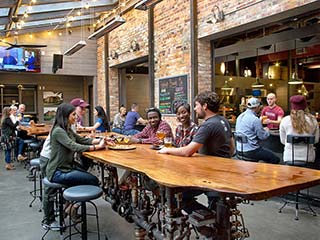
10 Great Things To Do
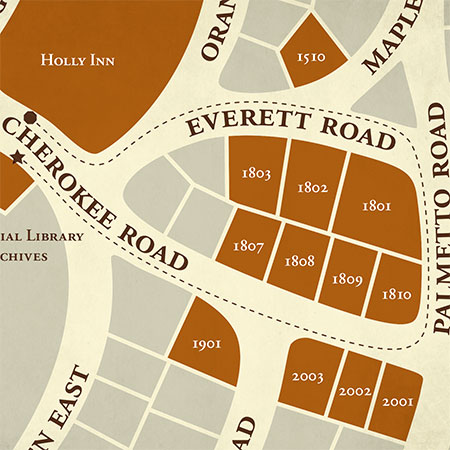
Discover The Path To Pinehurst’s Past

Insider Golf Tips

Unique Wedding Venues

North Carolina Couples Vacation
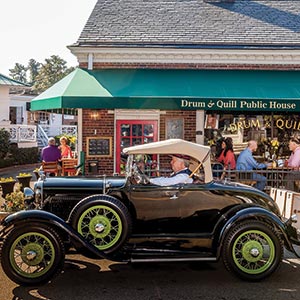
Our Favorite 19th Holes in the Home of American Golf

Girlfriend Getaways

Tobacco Road: A Truly Unique Golf Adventure

Carolinas Golf Association Hall of History

Where the Ladies Golf
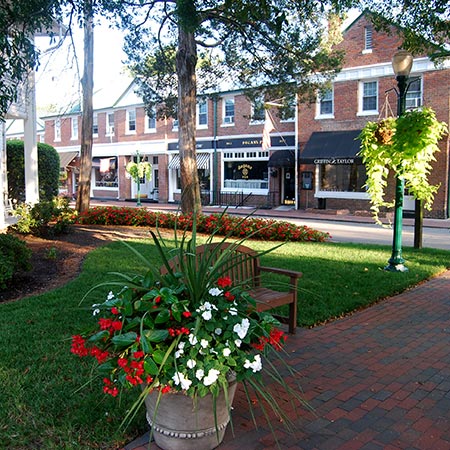
Romancing Pinehurst
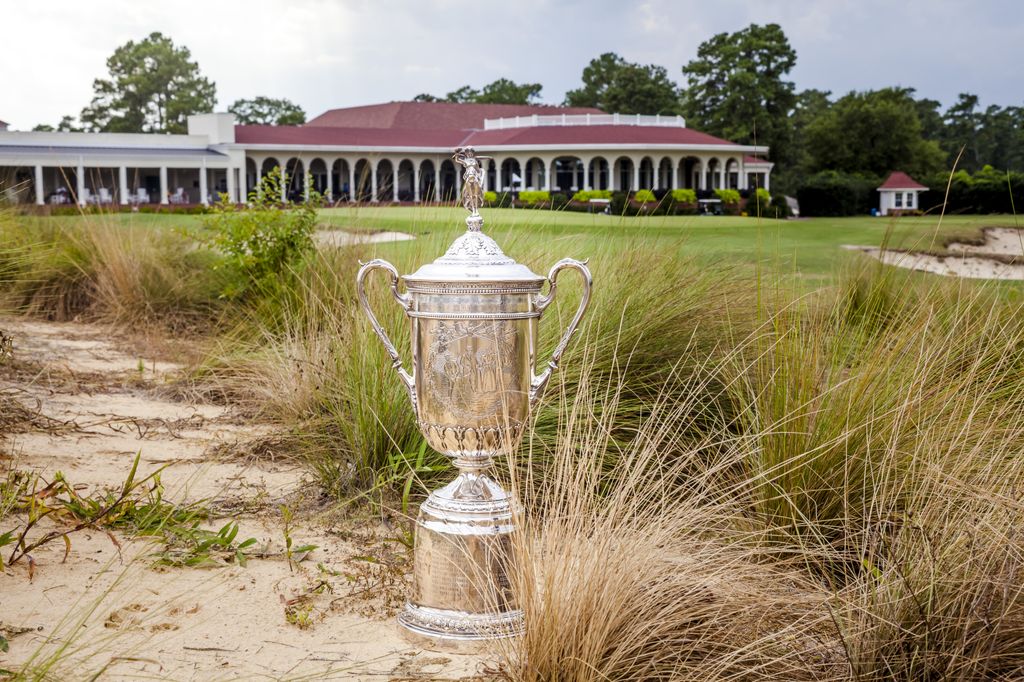
Home of American Golf and U.S. Open Connections

Former U.S. Open Champions Provide Pinehurst Area Some of Its Finest Designs

Donald Ross First of Many Architects to Design U.S. Open-Quality Courses in Sandhills
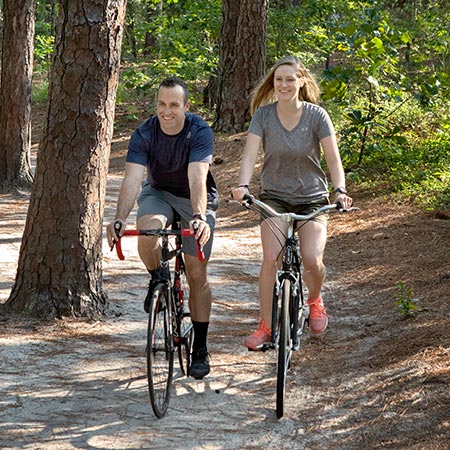
Sandhills Offers Outstanding Variety of Outdoor Activities
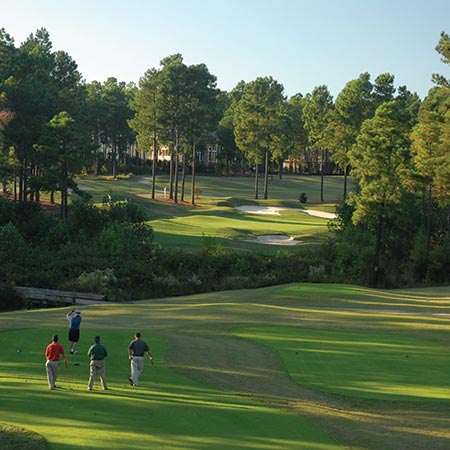
Buddy Golf Trip
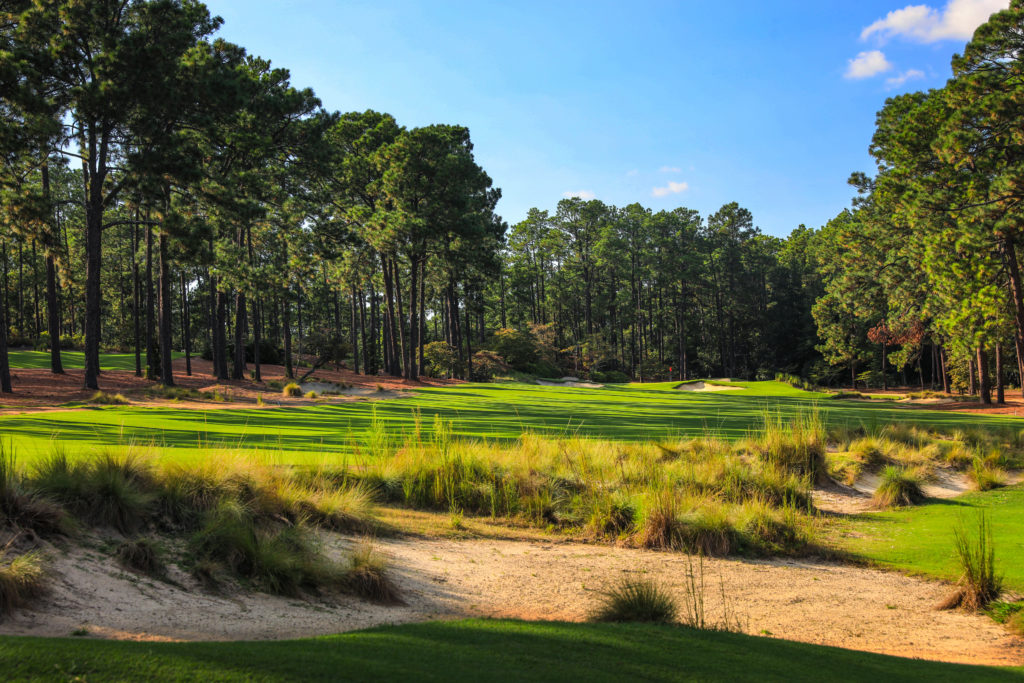
18 Holes of Local Knowledge for the Sandhills Golfer

The Family Fun Trip
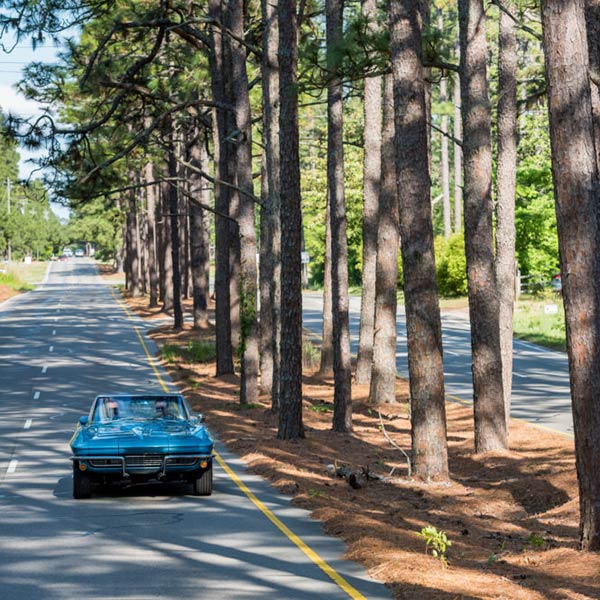
Midland Road: The “Fifth Avenue of Golf”

Collards, Community and Collaboration
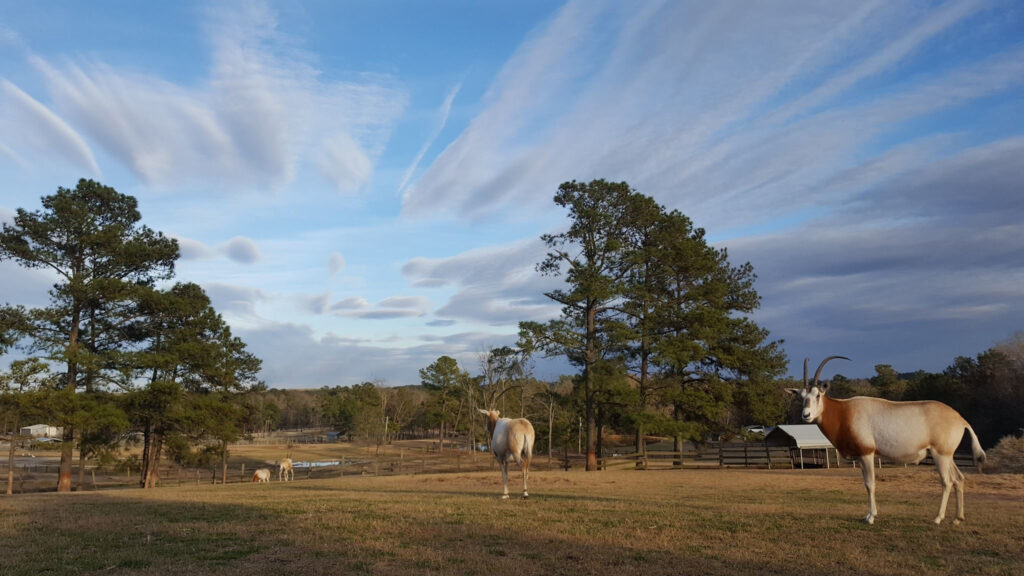
10 Little-Known Facts About North Carolina’s Pinehurst/Southern Pines Region

Sandhills Holiday Gift Guide

Spring Primer: Local Knowledge from the Home of American Golf

Our Favorite Coffee Shops in the Sandhills

Franz Creating Legacy on the Links

Bring Fido! Pet-Friendly Finds Among the Pines
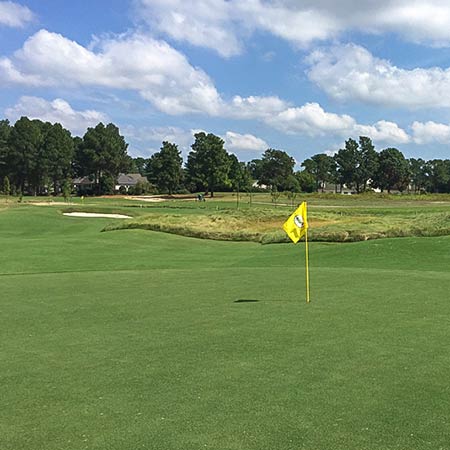
Bottlebrush: Pinehurst Area’s Best Kept Secret
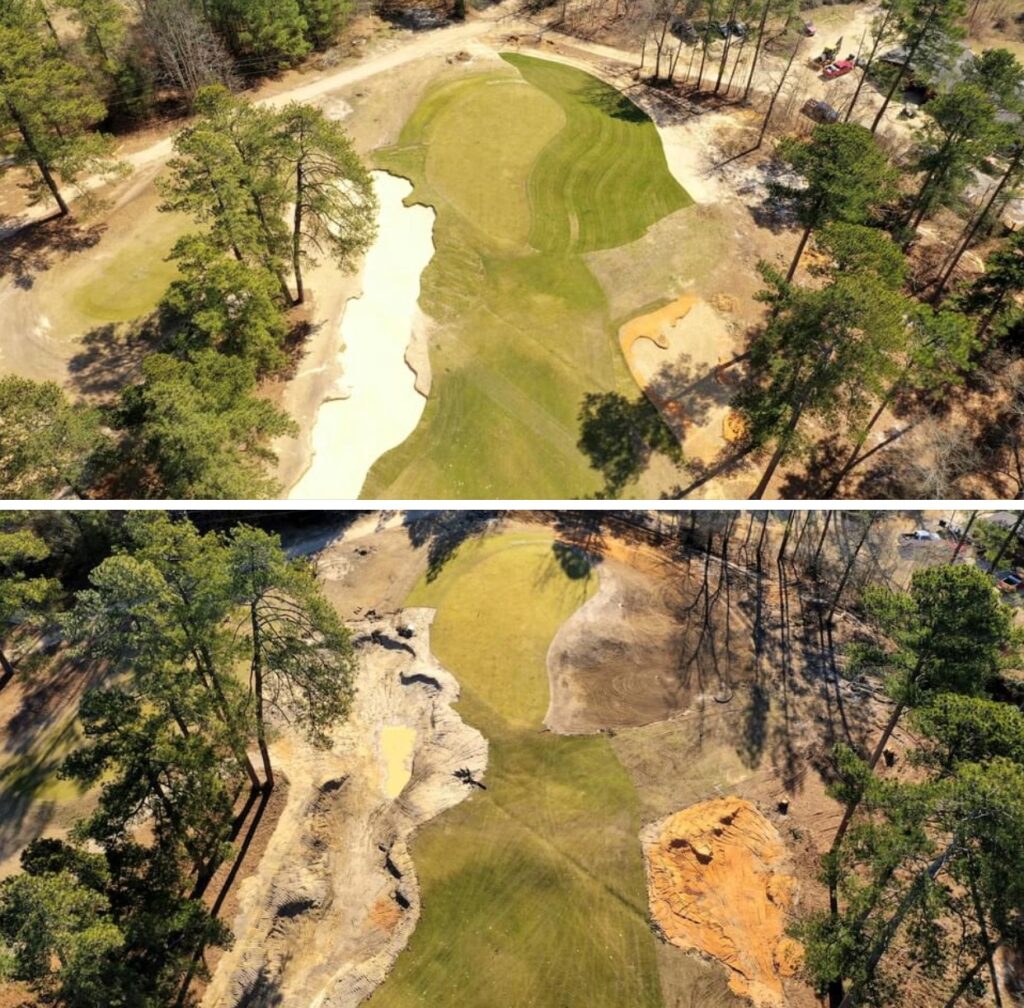
Franz Part 2: The Legacy Continues

Why Visit Pinehurst If You Don’t Play Golf?

First Timer’s Guide to Pinehurst
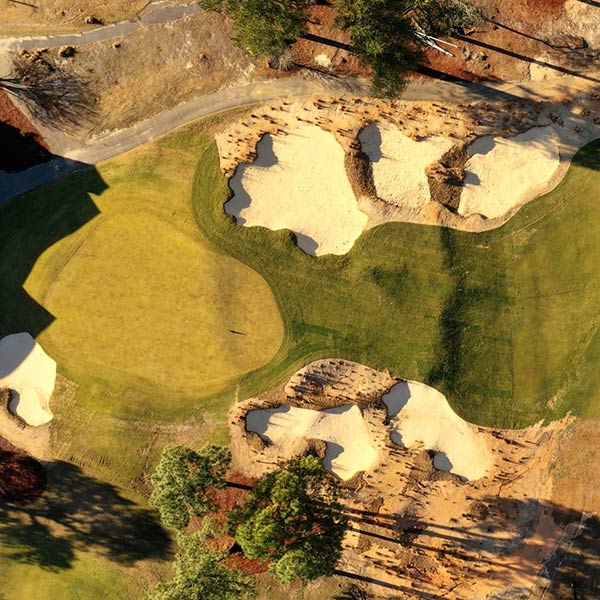
Franz Part 3: On Sandhills Topography
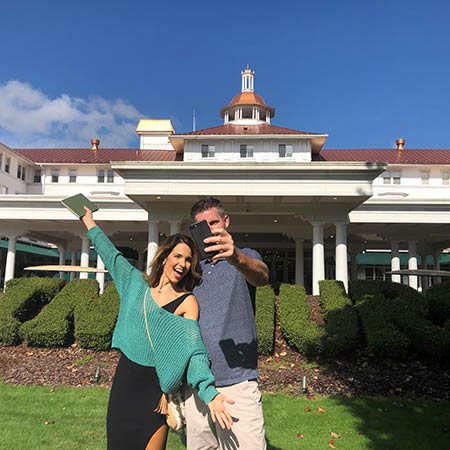
Top 10 Places for a #Sandhills Selfie
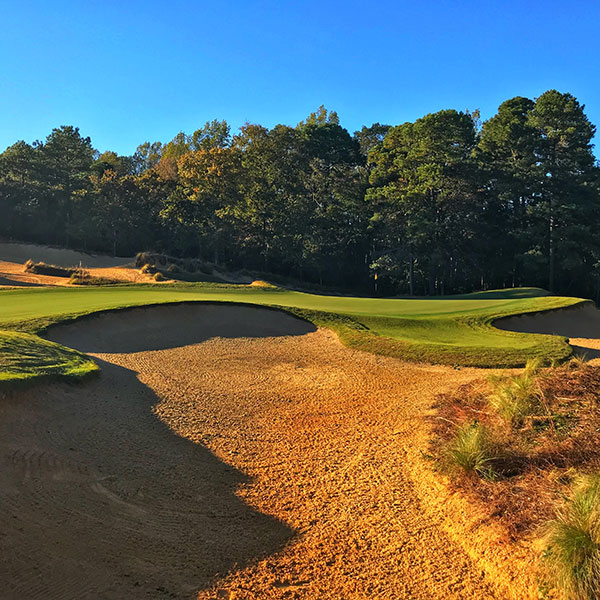
“Bermuda Revolution” Around Sandhills Leads to Ideal Year-Round Golf

Hunger Games – Sandhills Golfers Dining Guide

Episode 1: Golf Tips with Nick Bradley

Episode 2: Golf Tips with Nick Bradley

Sandhills Embraces Walking Culture
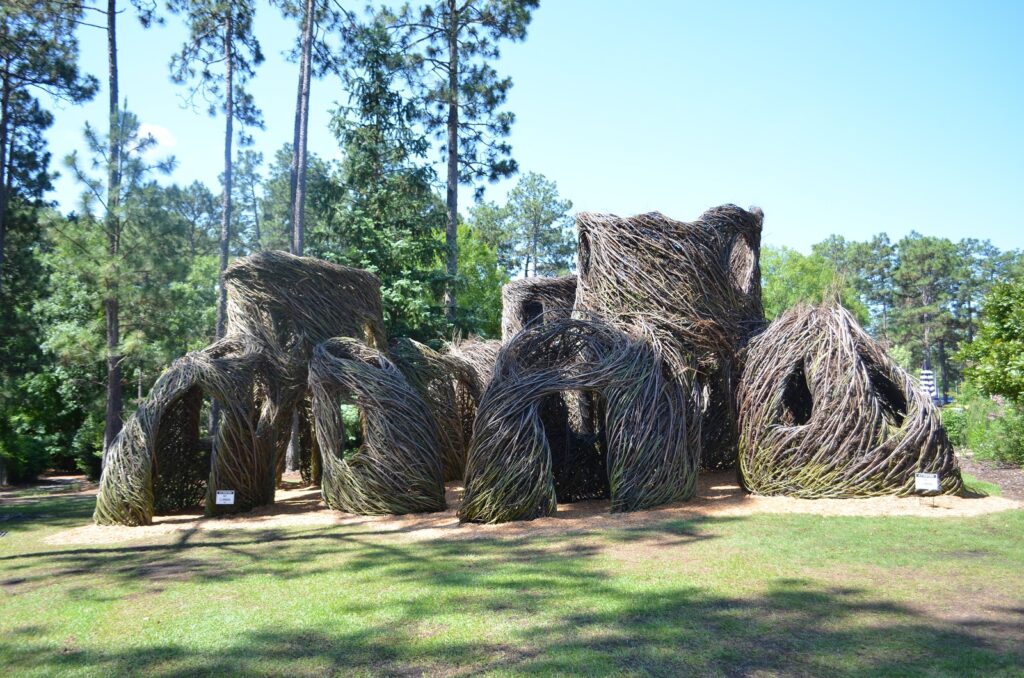
Patrick Dougherty: The Stickman Cometh

Dining A to Z

Fall Renewal in the Sandhills

Pinehurst’s Ryder Cup 1951

No. 2 Celebrates 10 Years

2004 Ryder Cup That Wasn’t

Family Fun in the Sandhills
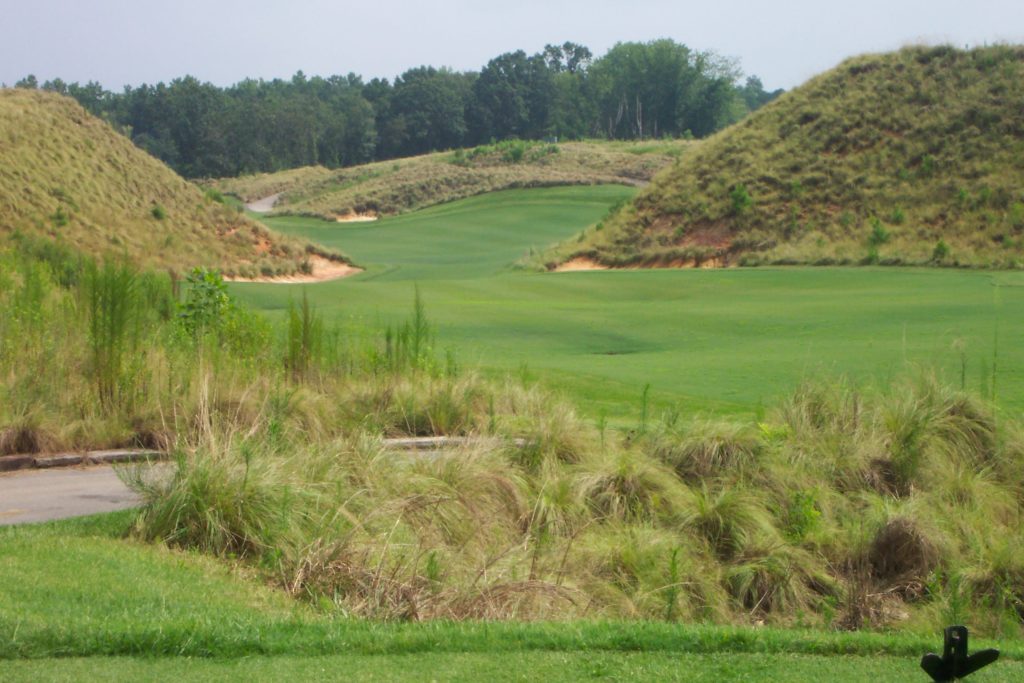
Remarkable Golf Stays in The Pinehurst Area

Couples Weekend Getaway Ideas

Nature’s Canvas: Tobacco Road

Perfect Getaway to Southern Pines

Culinary Discoveries in the Sandhills of N.C.

Restaurant Roundtable Q&A

Talamore and Mid South: History of Their Own

Undiscovered Pinehurst

Off for Pinehurst

Talamore Doing More for 2022
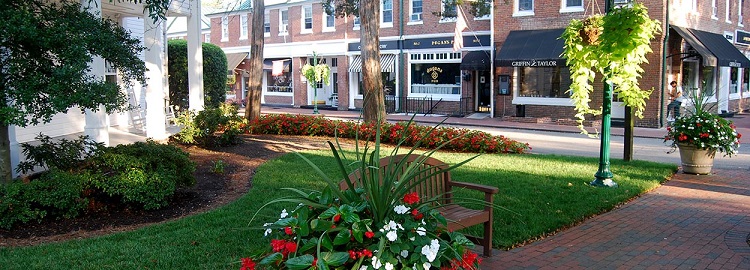
Romantic Gift Ideas In Pinehurst Area

Foodie Weekend in the Sandhills
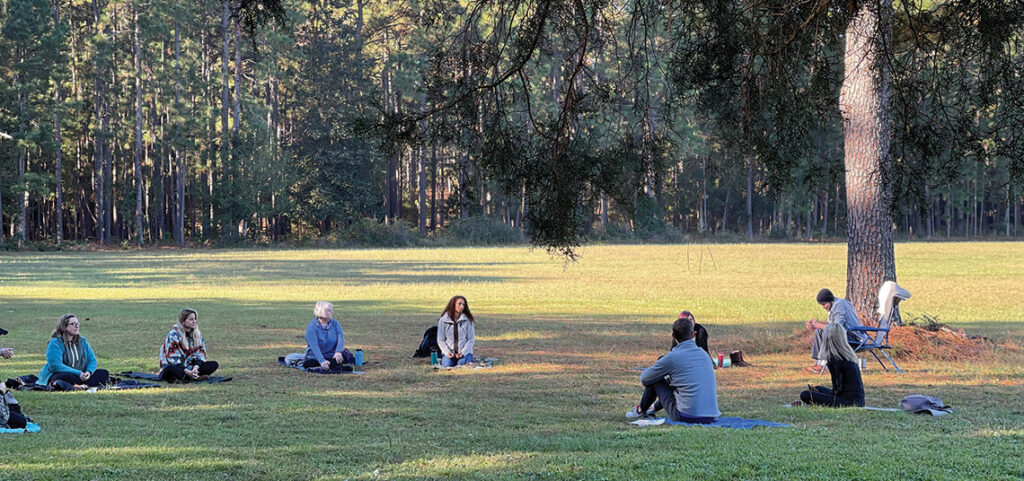
Wellness in the Pines

The Military Means Business in the Sandhills

Pine Needles Goes Back in Time

Grande Dame of Women’s Golf

A Guide to Berry Picking in the Sandhills

Waltzing on the Danube with Peggy Kirk Bell

From Cradle to Cradle

Donald Ross Could Golf His Ball
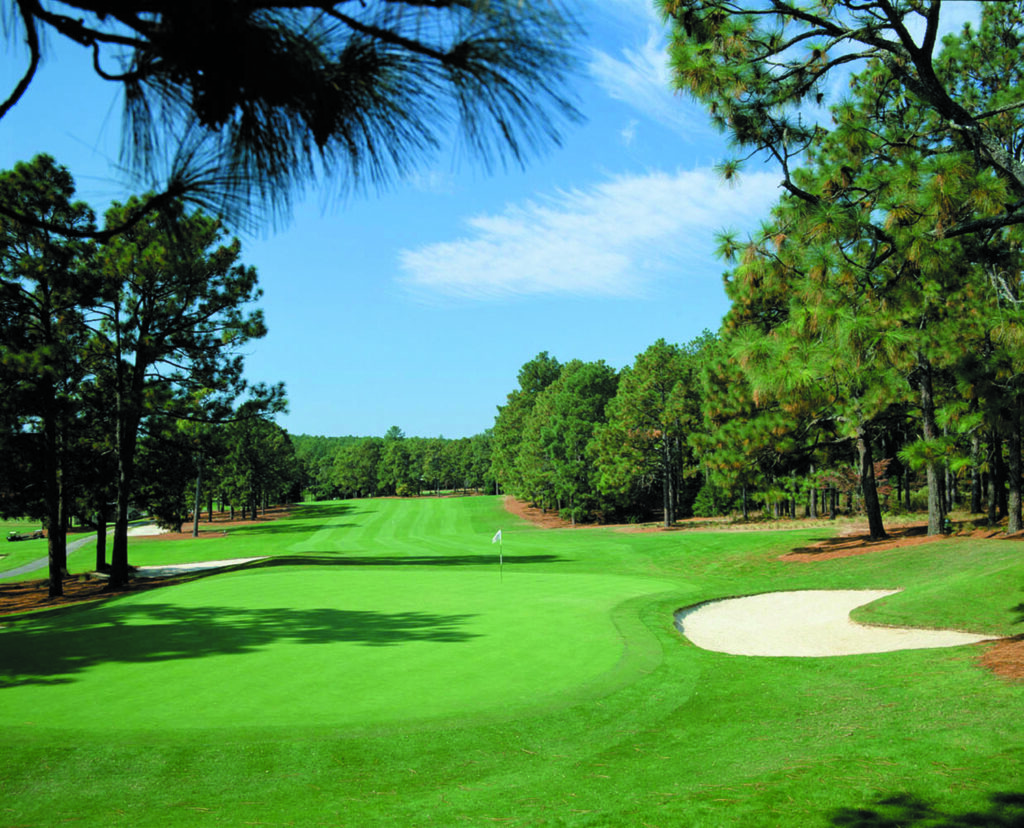
No Resting on Laurels Around the Home of American Golf

Flower Farms in the Sandhills
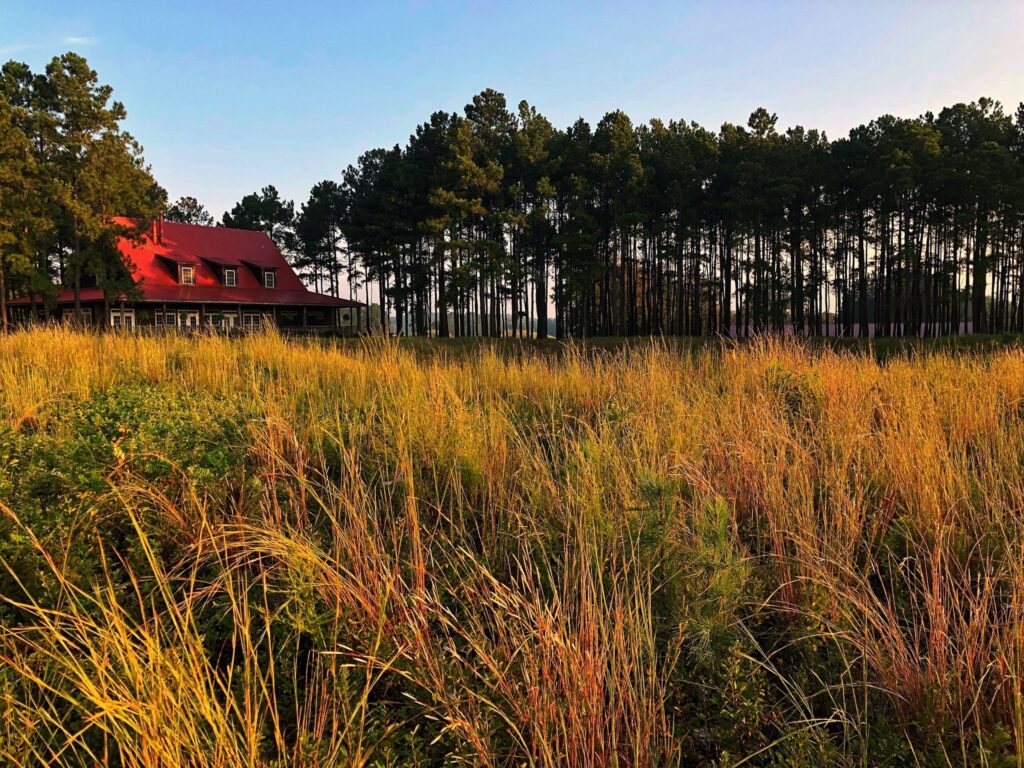
Fall into Pinehurst Golf

What Goes Around…

Talamore Resort Debuts New Toptracer Range

The History of the Pinehurst Inns

“For me, Pinehurst is such a special place for golf!”- Tom Fazio
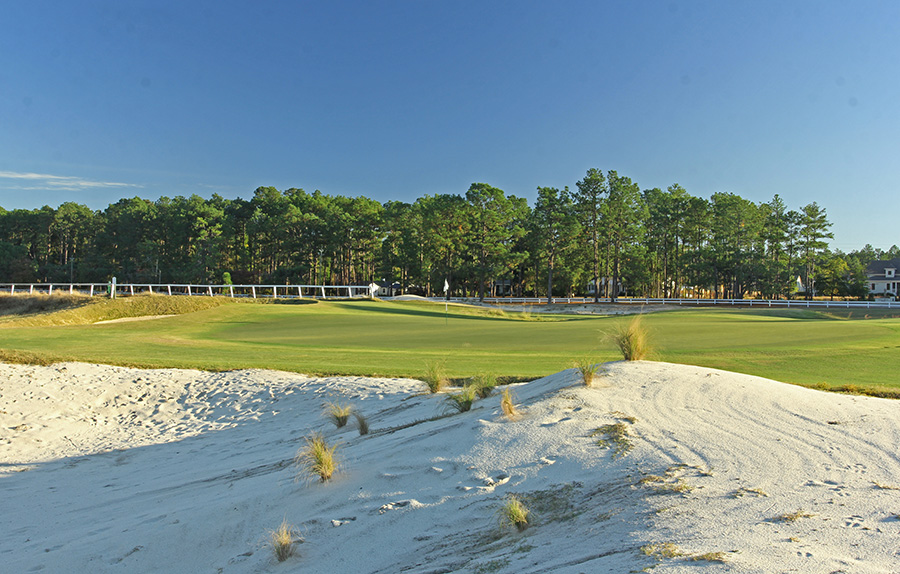
Maples Roots Run Deep in Sandhills Golf Design

New Southern Pines Mural

Pinehurst Area Buzzing with 2023 Excitement

Discover the Sweetness of the Sandhills

Celebrating the New Year in Moore County

The Big Three

Jones Family Imprint
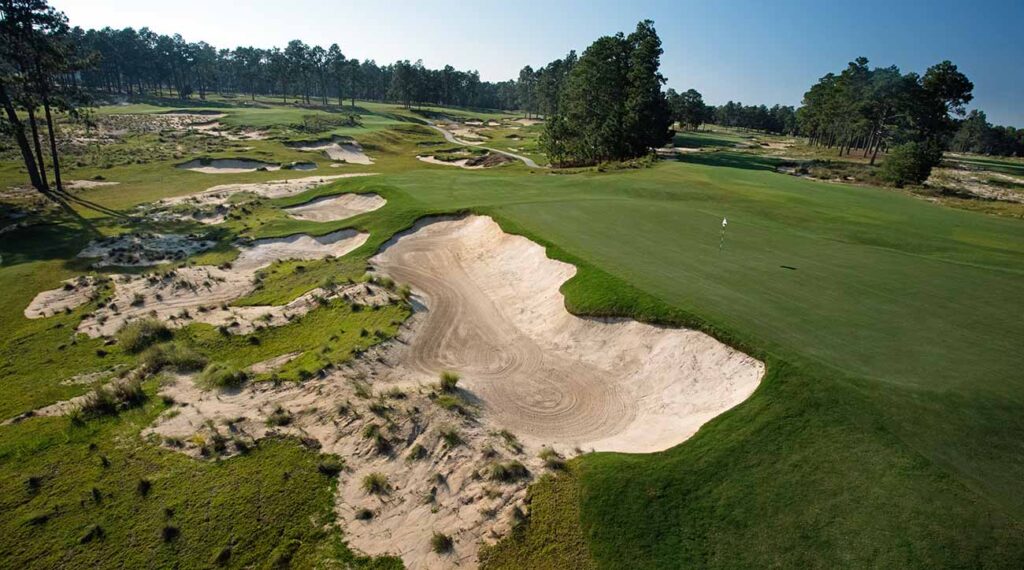
The Hanse Touch
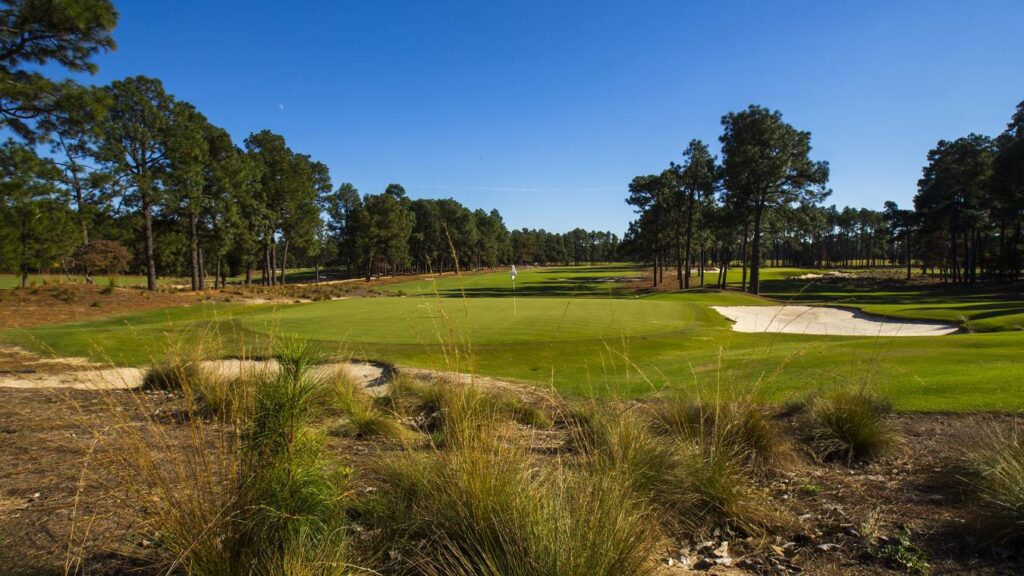
Coore & Crenshaw Roots Run Deep
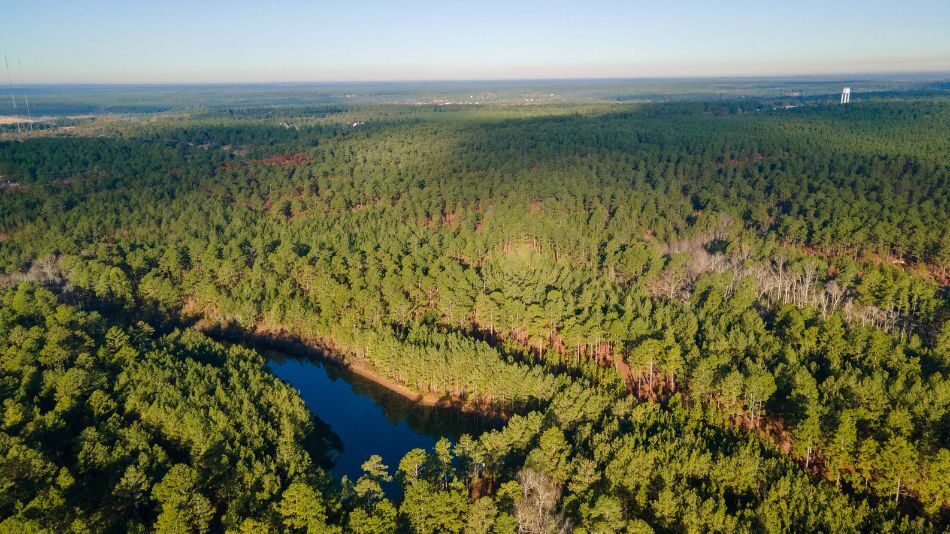
Pinehurst Resort Announces New Course to be Designed by Tom Doak
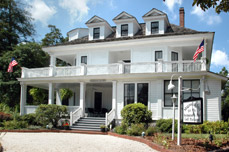
PINEHURST’S MAGNOLIA INN REOPENS
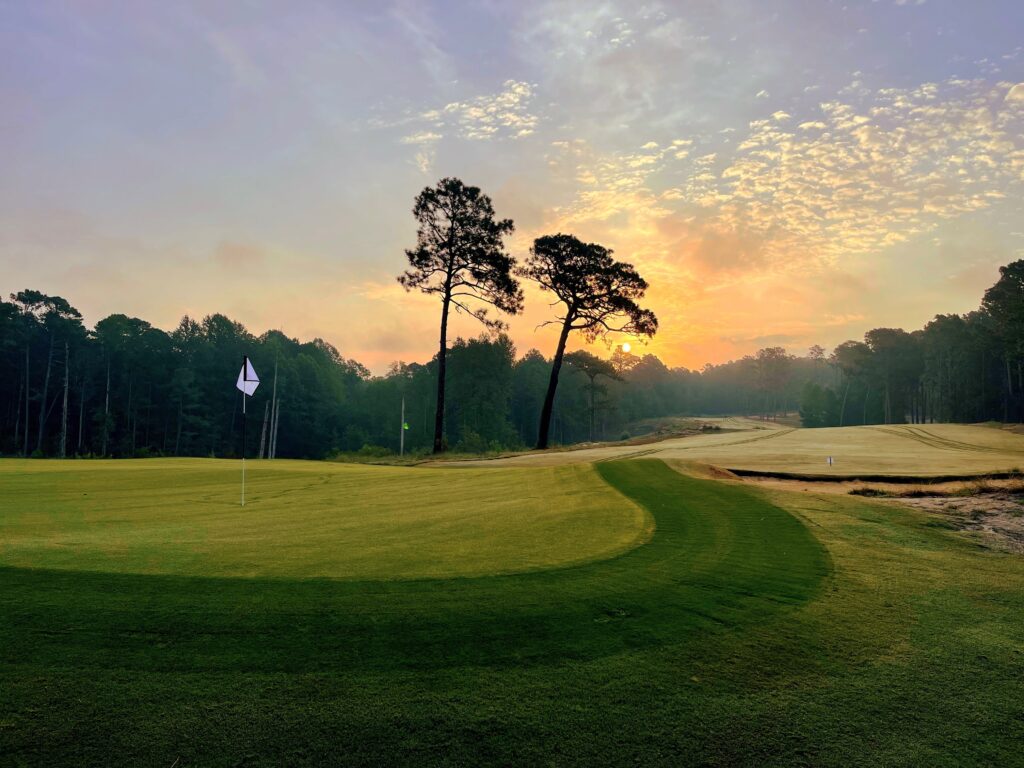
Southern Pines Golf Club Recognized
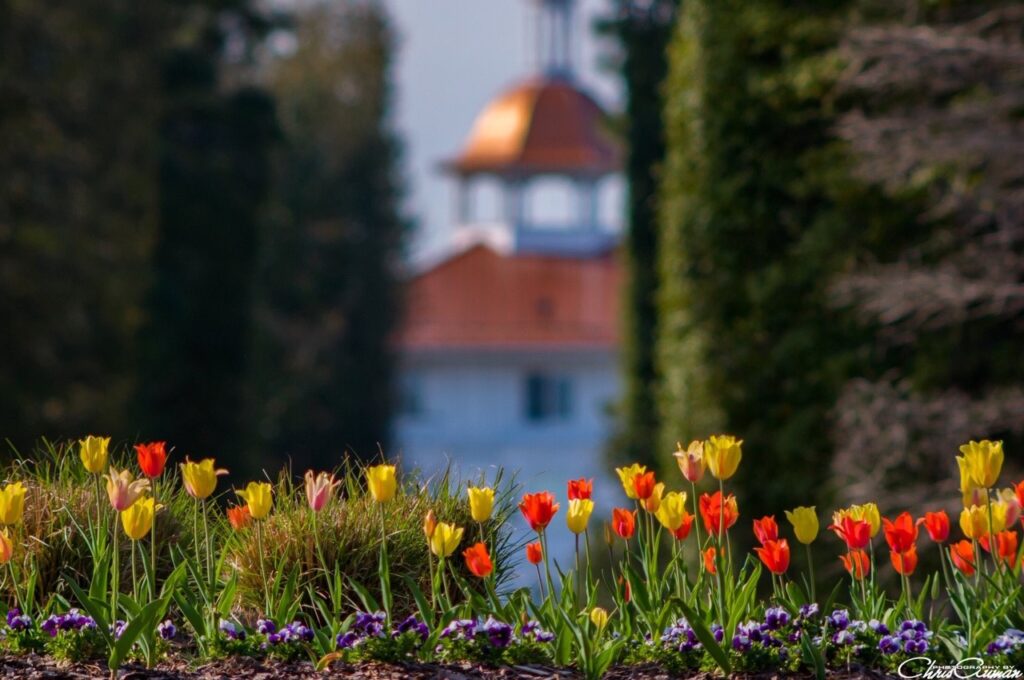
Spring in the Sandhills

Mother/Daughter Weekend in the Sandhills

A Few of Our Favorite (Golfing) Things
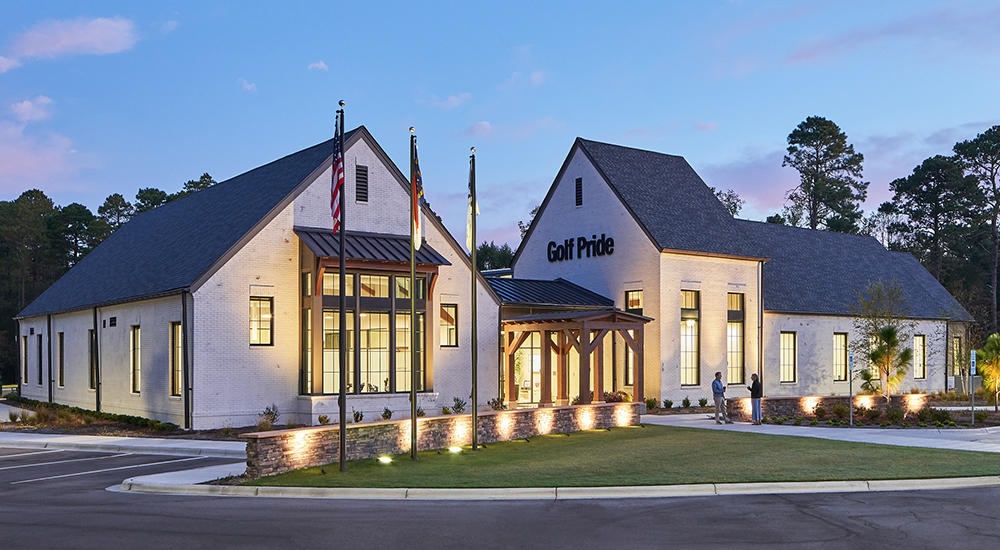
Golf Pride Retail Lab a must-see experience for your Pinehurst itinerary
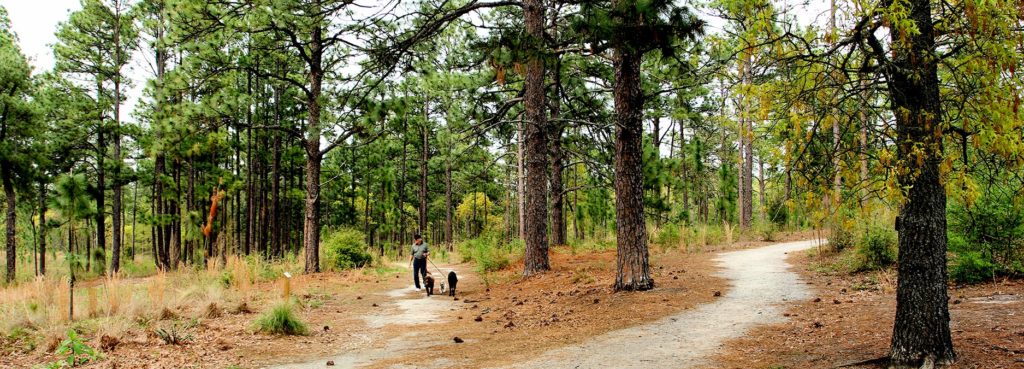
6 Trails to Explore for the Year of the Trail

Pinehurst No. 2 Still Ranked Best Course in NC

Sandhills Ecology 101
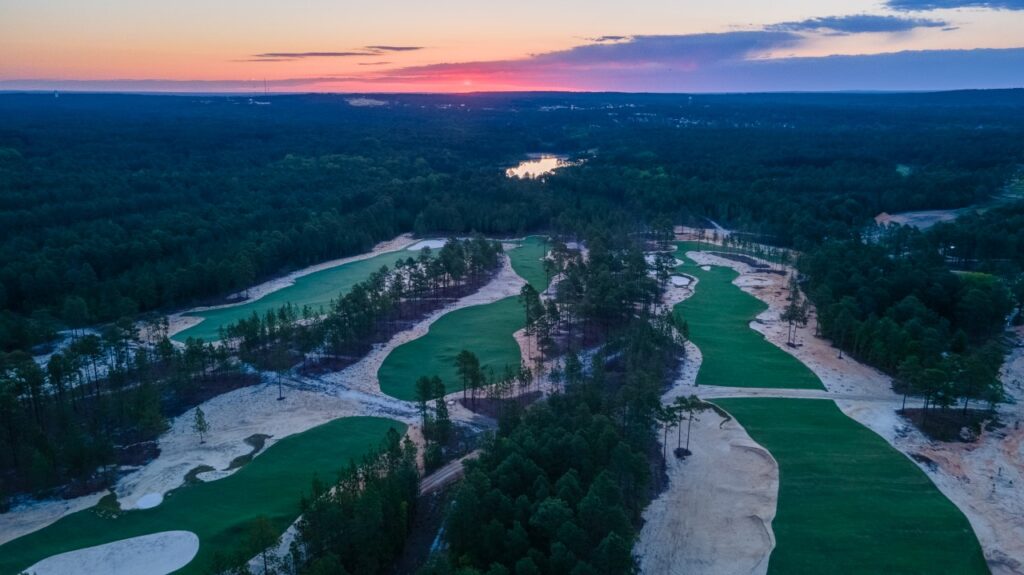
X Marks the 10-Spot

Best Date Night Ideas in the Sandhills
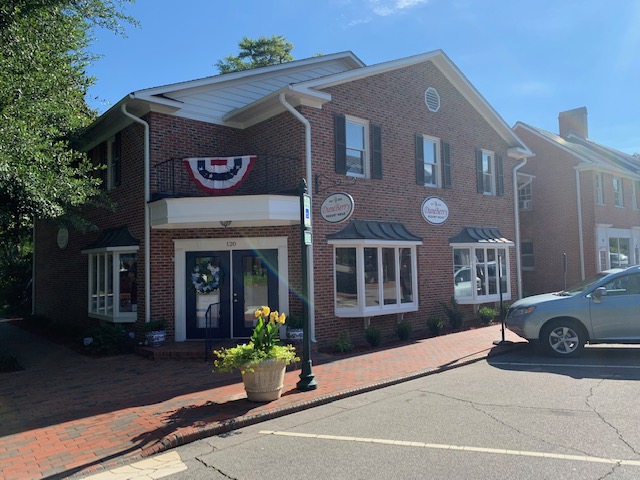
Small Towns Big Style

9 Urban Trails Around Pinehurst Area
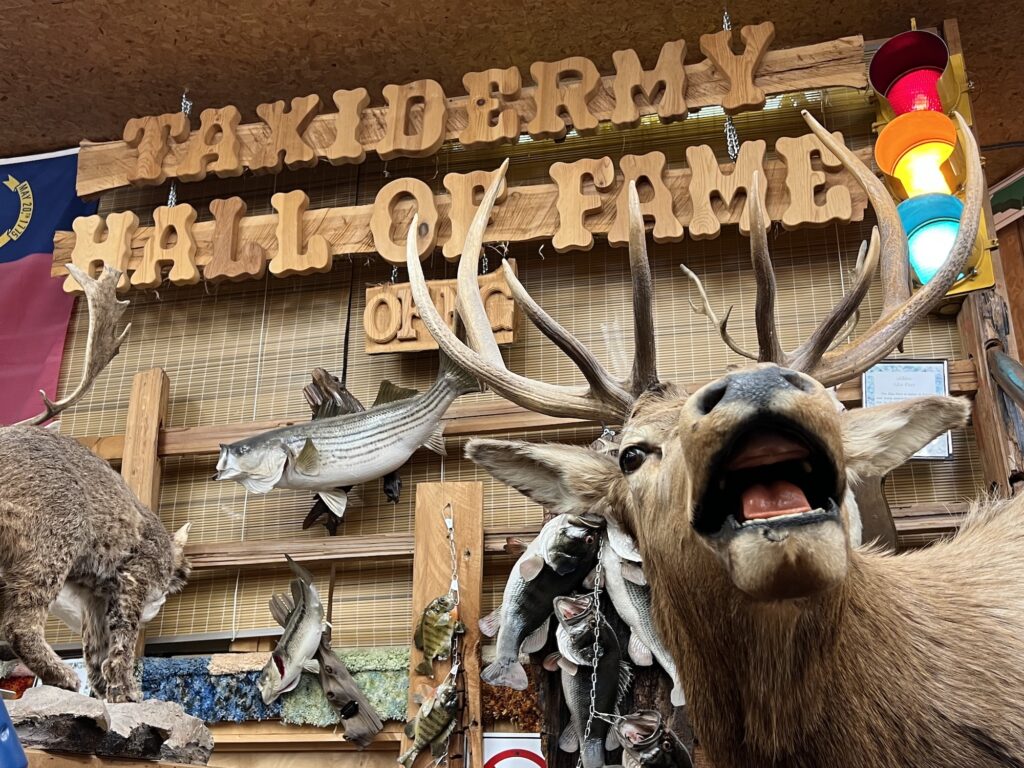
Uniquely Pinehurst

2024 U.S. Open: A Look Ahead

1999 U.S. Open: A Look Back

A Restorative Weekend Getaway at Tanglewood Farm B&B in Southern Pines
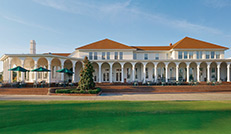
Top Things To Do On A Long Weekend

Independence Day in the Sandhills
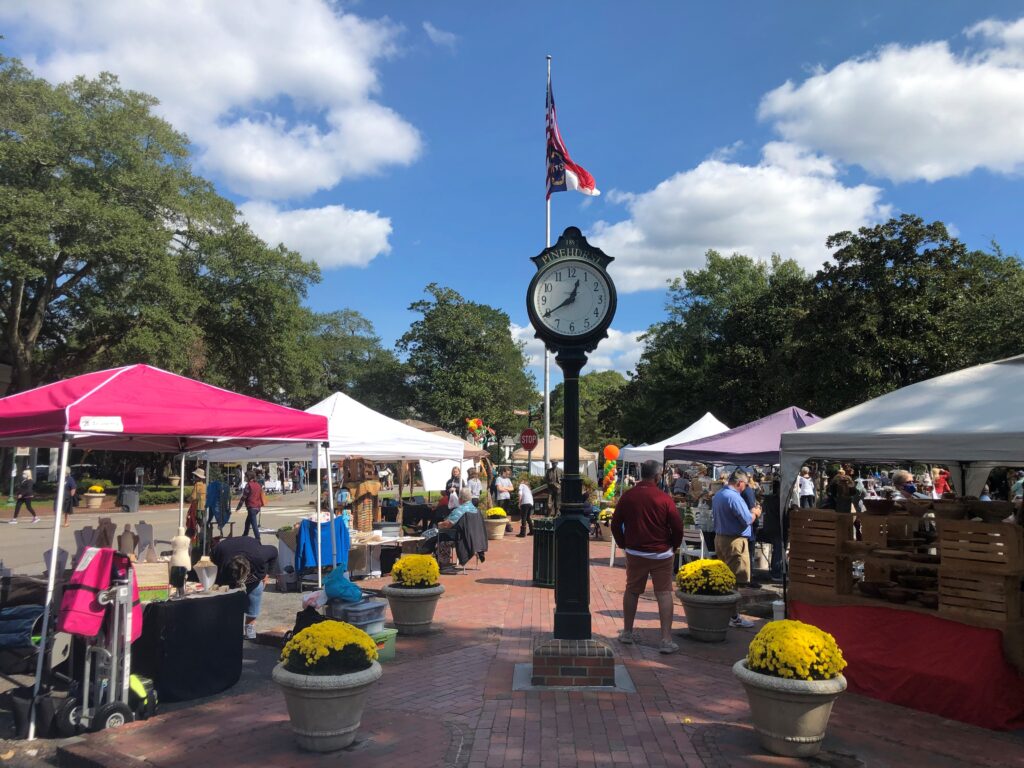
Fall Events Around the Sandhills

Celebrating NC Peaches

Kid You Not

Sleepy Summers No More
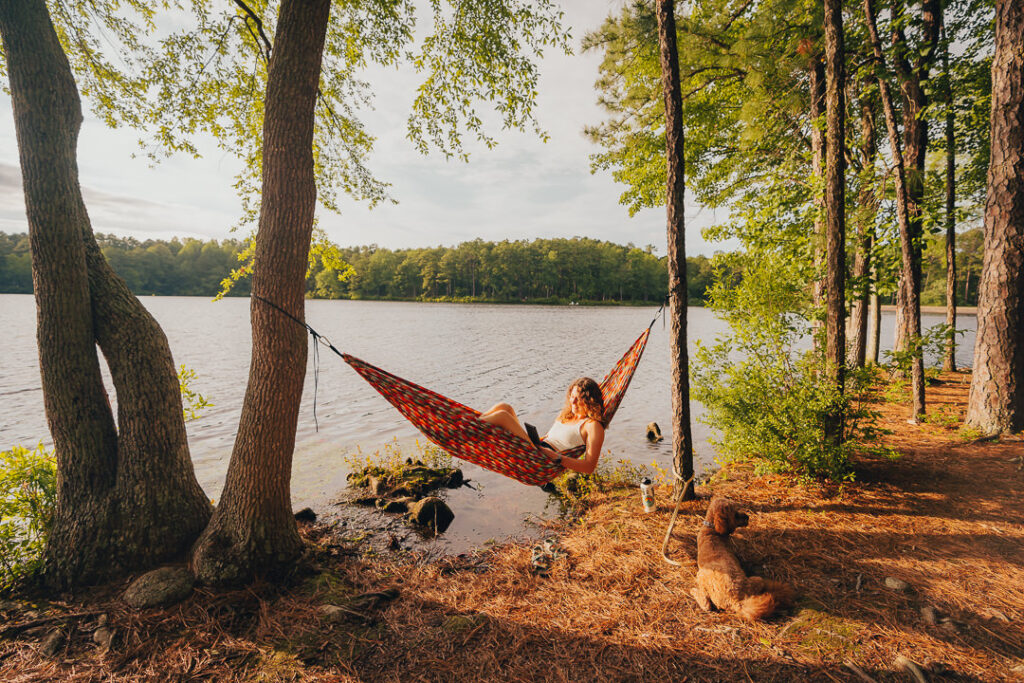
Getting Outside

When They Were Young

Pinehurst Major-itis

Loving Our Black & Whites
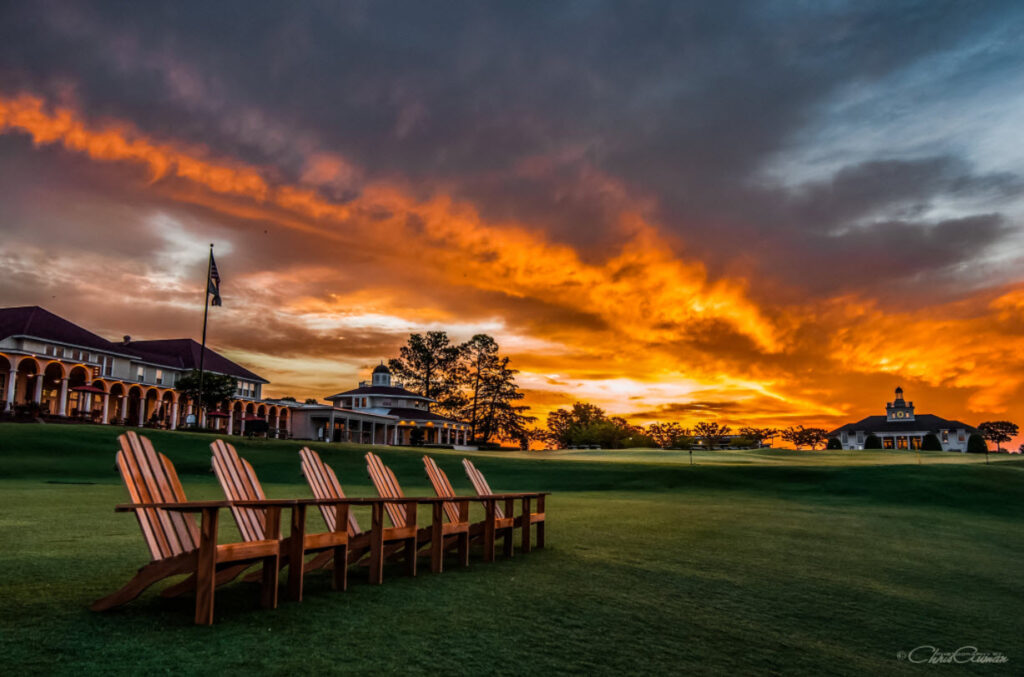
Lens of the Sandhills

Festival D’avion Named as Signature Event
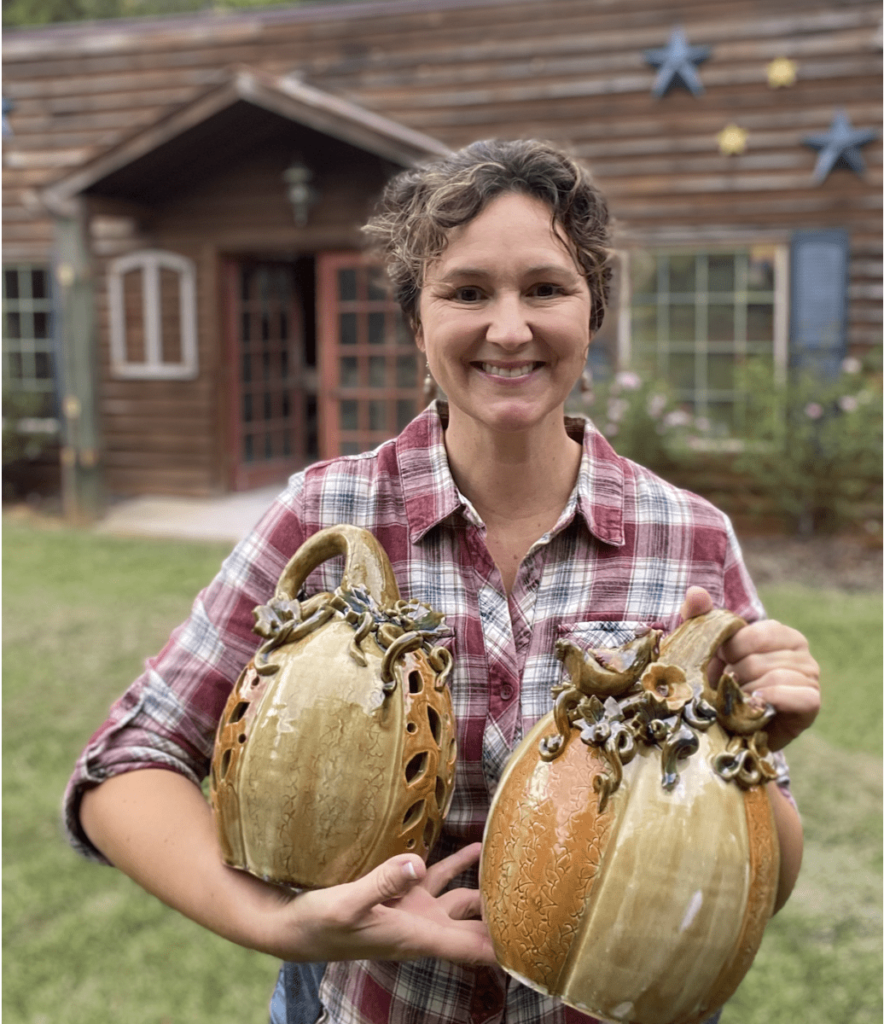
Celebrate American Craft Week

Act Two for Tot Hill Farm
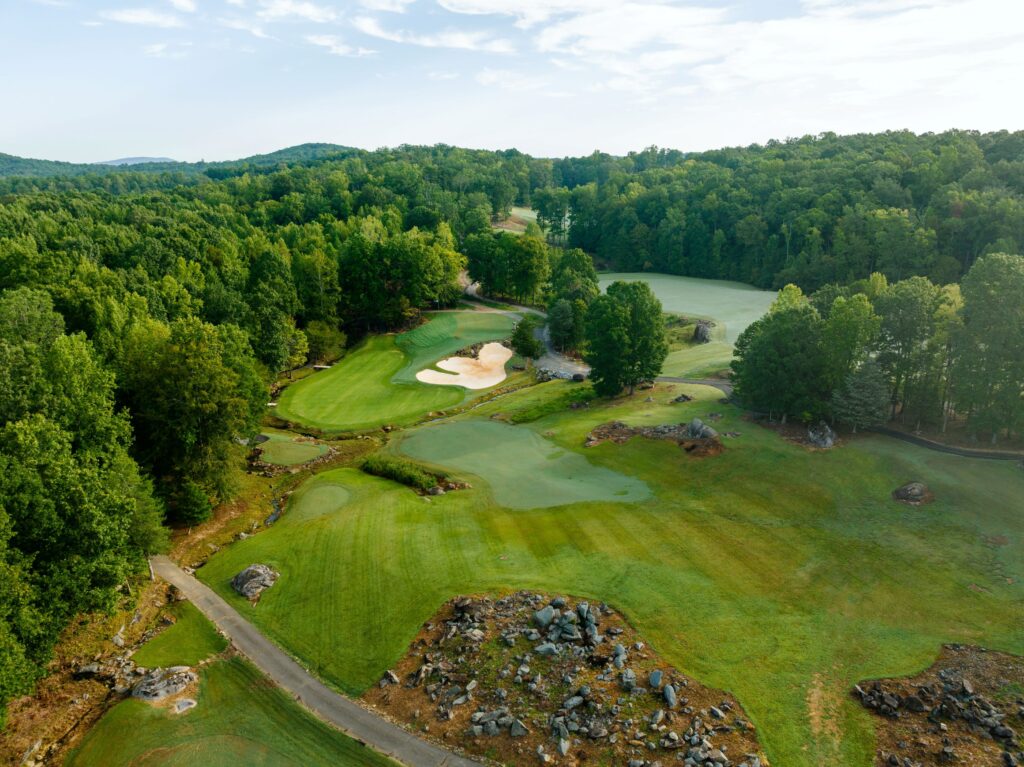
An Artist in the Dirt
Legends of the Pines

Breakfast Joints of the Sandhills

The Scottish Invasion

To Dornoch and Back
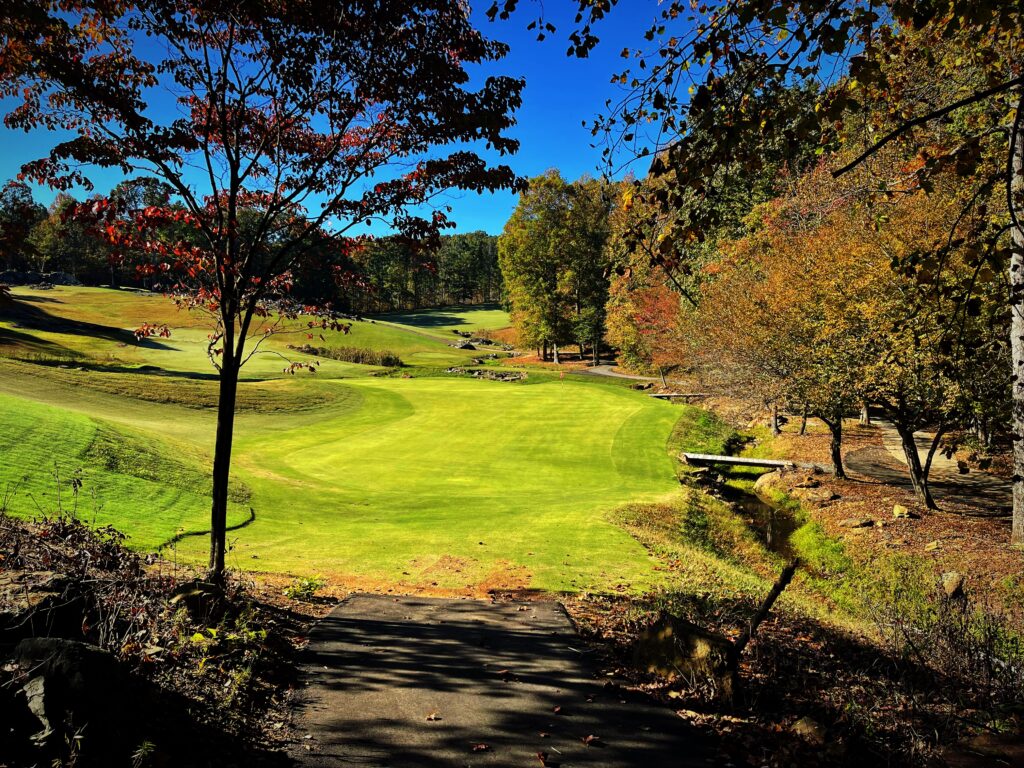
A “New” Pinehurst Welcomes the World in 2024
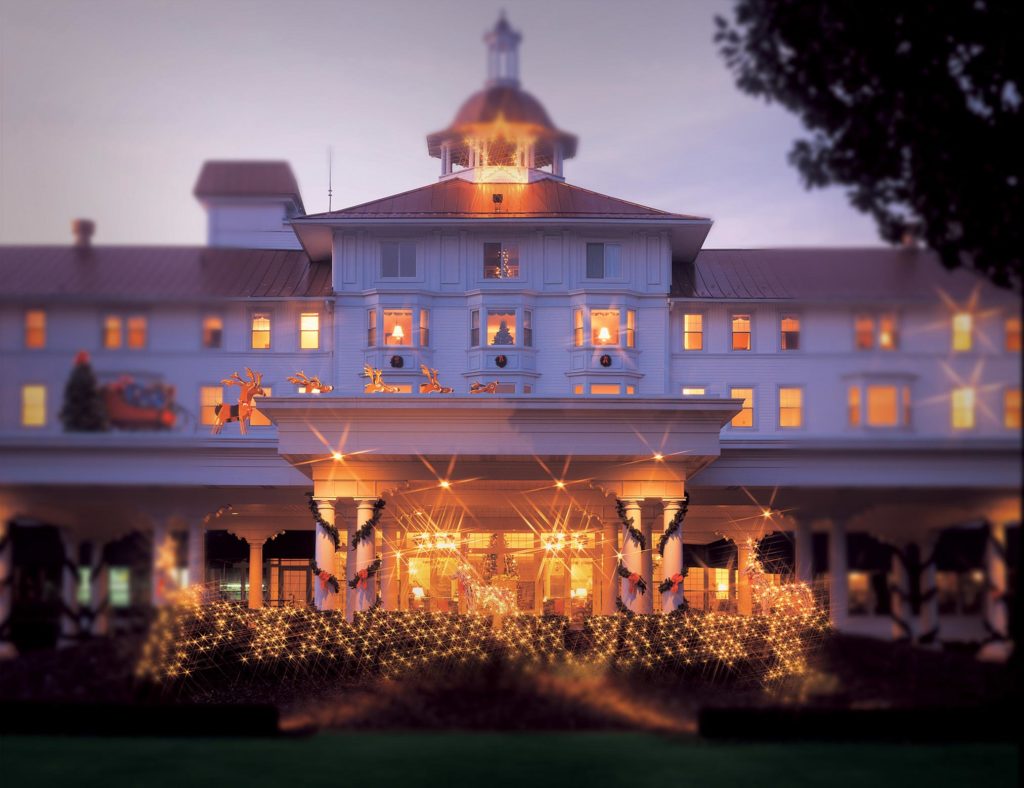
Pinehurst Holiday

Golfers Gift Guide
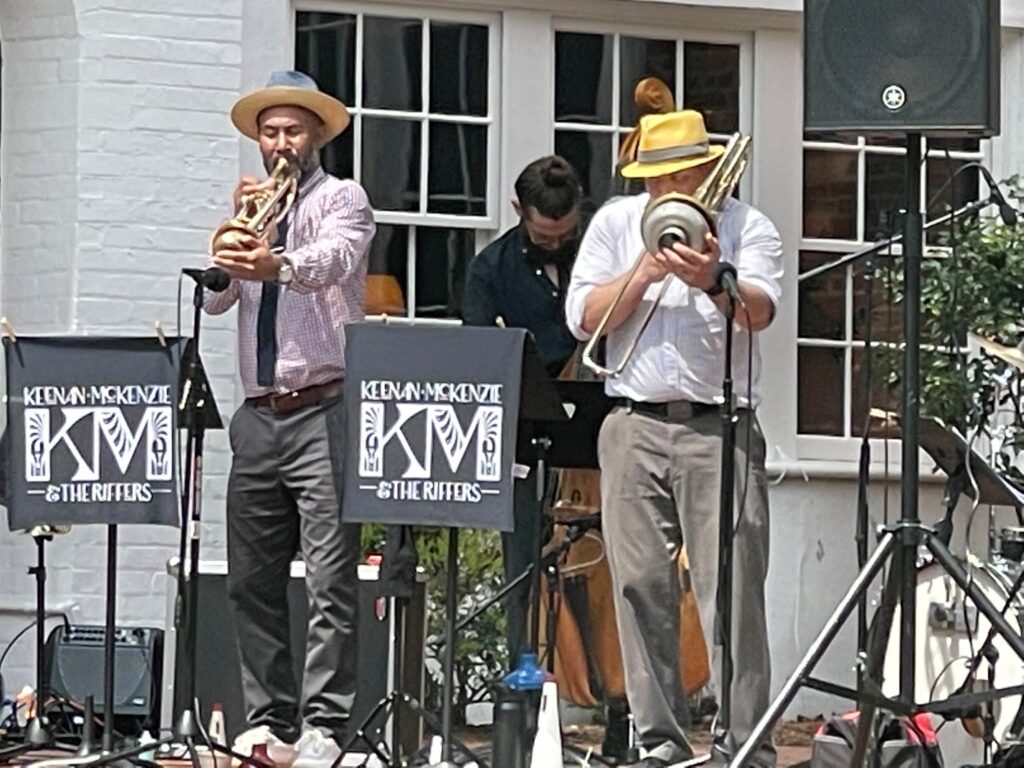
Sandhills Nightlife Scene

A U.S. Open Year

Payne at 25

Where to Antique in Cameron and Carthage

Girls’ Weekend in Moore County
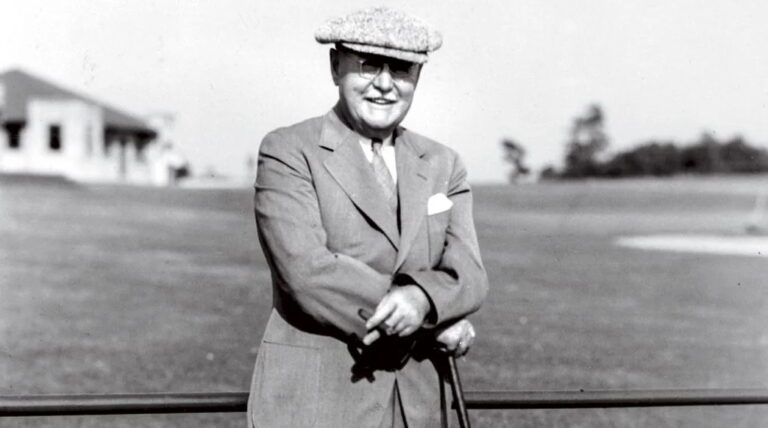
Sandhills Hall of Fame

Hall of Fame Take Two
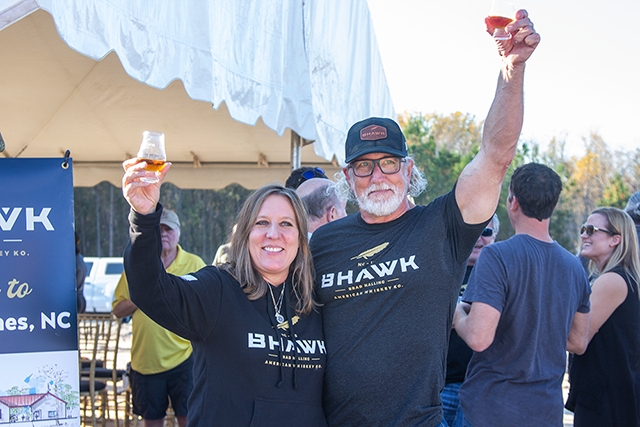
BHAWK Distillery Toasts Military Spirit

A Dozen Master Strokes
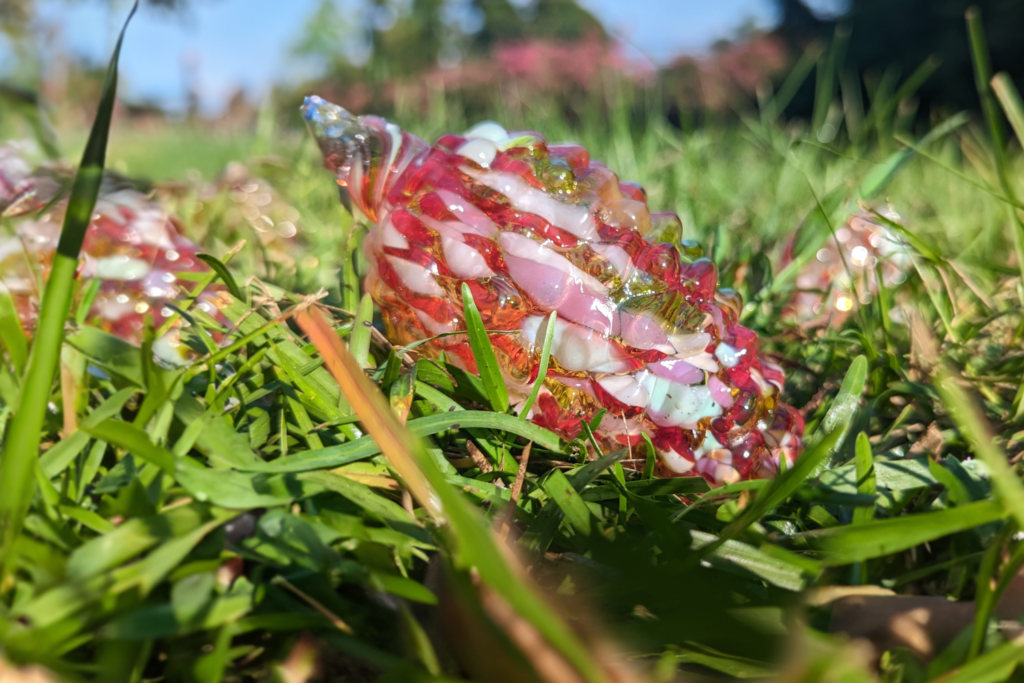
Popular Pinecone Pathways Returns for Spring 2024
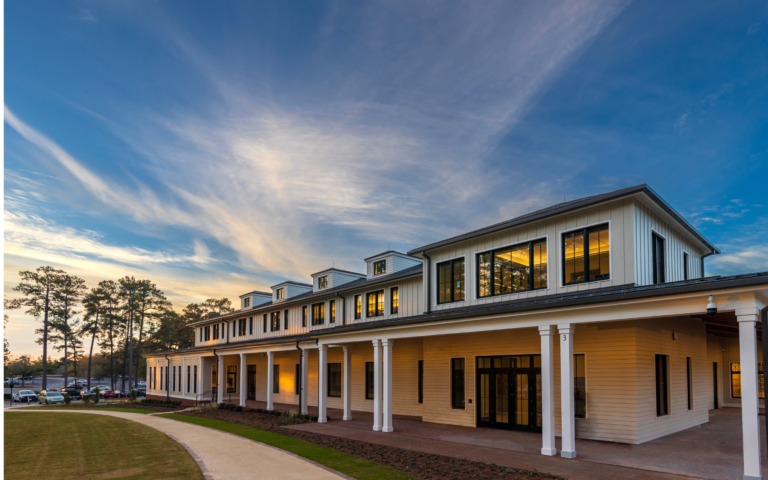
The Dynamic Decade
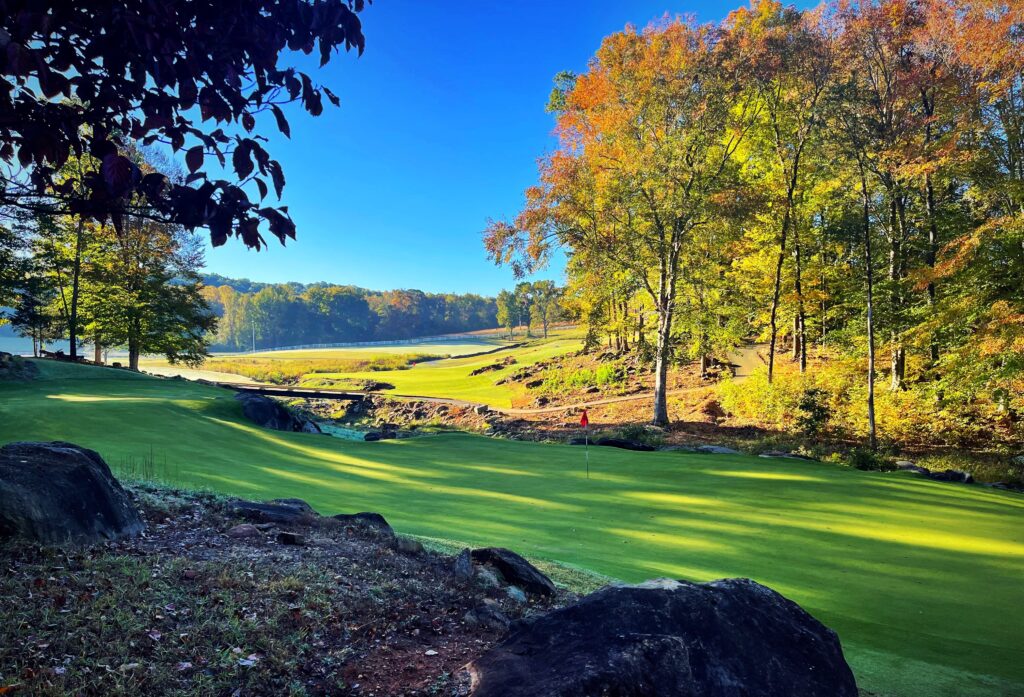
Sandhills Pours Double Dose
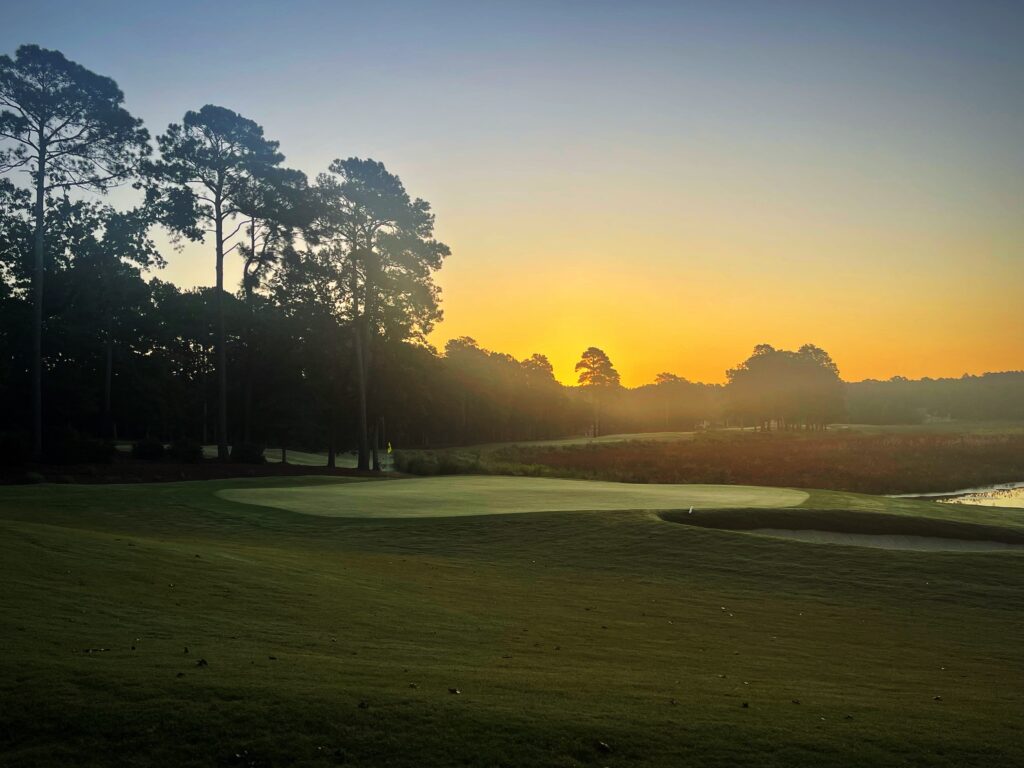
Rebirth at Woodlake
Pints in the Pines: A Guide to the Breweries of the Sandhills

